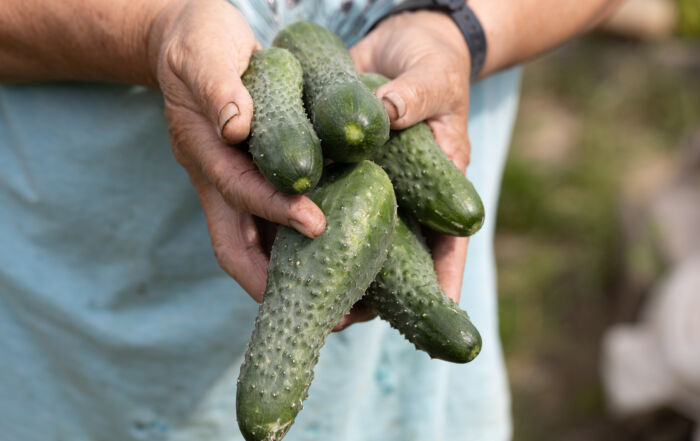Ongoing Outbreaks: What We Can Learn from the Most Recent Carrot and Cucumber Outbreaks
Last month in our blog, we highlighted the recent E. Coli outbreak stemming from onions served at McDonald’s restaurants. In our blog, we highlighted some key considerations when serving fresh [...]
The Hidden Dangers: Allergens in Your Foodservice Operation
It has been a while since we have addressed or discussed allergens in the blogs. In today’s foodservice landscape, understanding and managing allergens is more critical than ever. With food [...]
What Have We Already Learned from the Most Recent E. Coli Outbreak?
In late-September and peaking in very early-October, reports of increased Escherichia coli (E. coli) 0157:H7 cases started to surface in the Western part of the United States. The investigation quickly [...]
Ensuring Food Safety in Emergency Foodservice Operations
As we were reminded earlier this month, emergencies can strike unexpectedly, whether due to natural disasters, health crises, or supply chain disruptions. Hurricane Helene, which impacted many parts of the [...]
Ensuring Food Safety in Emergency Foodservice Operations
Last week, many of us across the United States watched in disbelief as the southeastern portion of the United States was ravaged by Hurricane Helene. Food safety in emergency foodservice [...]
Despite Gallup Polls, the US Does Have the Safest Food Supply in the World
As I settled into work one morning last week, a headline popped up on my computer noting that confidence in the government’s ability to ensure food safety is at a [...]
Navigating the Latest Listeria Outbreak…again
Welcome to Food Safety Education Month! Late last month in my blog we talked about this once-a-year time to focus on educating your employees and amping up your food safety [...]
Score Big in Food Safety: Amp Up Your Food Safety Education Month
It is mid-August and in just a few short weeks it will be that time of the year again. The time we wait for all year long - not football [...]
Temperature Checks: Safeguarding Your Foodservice Business with Every Delivery
There is no mistake that for those of us in the Midwest, and much of the US, we are in the middle of summer, when the temperatures swell to the [...]
The Critical Role of Staff Training and Education in Food Safety for Foodservice Professionals
In mid-June, my colleagues and I at Kansas State University offered our Serving up Science: The Path to Safe Food in Schools course. The course was sponsored by the United [...]
Halfway Gone, A Mid-Year Food Safety Check-up for your Foodservice Business
July is often a time when a portion of us in the foodservice business are at our prime. In many areas of the country, we are in the midst of [...]
From Farm to Fork: Knowing the Importance of Food Origins
In the foodservice industry, maintaining high standards for the food that comes into your back door is important – both from a food quality and a food safety perspective. One [...]


















